My ancestors: The curious case of the left-handed Kerrs
Clan Kerr was known for training its members to fight with their left hands.
“But the Kerrs were aye the deadliest foes
That e’er to Englishmen were known
For they were all bred left-handed men
And fence [defence] against them there was none.”
-James Hogg, “The Raid of the Kerrs”
My family comes from a long line of Scottish Kerrs.
Clan Kerr was a Scottish border clan (between England and Scotland), known for its warlike nature. The clan trained to use their weapons with their left hands, which was uncommon during the time period and gave them an advantage over right-handed opponents.
This left-handedness has passed down through generations in my family. Currently, a majority of my mother’s side (Kerr) of the family is left-handed. Only about 15% of the population is left-handed, so how has my family managed to keep this uncommon trait?
Although I am not left-handed myself, the idea that left-handedness has been passed down in my family from as early as the Middle Ages has always interested me.
Myths
Left-handedness has been surrounded by conspiracies and myths throughout history.
In Christianity, the right hand or right side of a person is compared with strength and honor, while the left hand is often associated with evil and darkness.
During the 15th and 16th centuries, the Catholic church’s influence across Europe was unmatched by any other religion. Left-handed individuals were often accused of consorting with the devil during the Spanish Inquisition, as well as during various witch hunts throughout the time period.
Though left-handedness wasn’t conclusive enough to convict an individual for witchcraft, it was often brought up in court as evidence against single women who were often accused of being witches.
“Englishmen mistrusted any person who was left-handed and swore that the Devil himself rode at the side of Dand Ker of Ferniehirst, the famous left-handed warrior who they feared as a great and powerful Border chieftain,” said Bob Lawson, curator at Ferniehirst castle in Scotland.
Science
A person’s handedness is ultimately determined by biological and genetic factors.
Scientists propose that there are two alleles–a D gene, for right handedness, and a C gene for chance. The D gene is the dominant gene for the majority of the population.
“The C gene is less likely to occur within the gene pool, but when it is present, the hand preference of the individual with the C gene is determined randomly,” states Scientific American. “Individuals with the C gene will have a 50 percent chance of being right-handed and a 50 percent chance of being left-handed.”
According to Smithsonian Magazine, the effects that certain genes have on handedness depends on how many mutations the alleles undergo. Any gene can mutate, and how many mutations a certain gene has in towards right or left-handedness determines how likely a person is to use that hand as their dominant hand.
Training generations of soldiers to fight with their left hands could have caused genetic mutations that have passed down through my family, causing the left-handed phenomenon.
So, technically, I belong to a clan of mutants. How exciting!
The Reverse Spiral Staircase
Left-handedness also inspired a unique architectural feature.
Ferniehirst and Cessford castles, located in Scotland, were the homes of two branches of Kerrs. In these castles, a left-handed spiral (or newel) staircase ascending anti-clockwise was built as a defense mechanism.
The spiral staircase can also be seen in the battle house in Jedburgh, now called the Mary Queen of Scots House. This battle house was built by the Kerrs and lodged Mary Queen of Scots for one month while she visited the town in 1566.
The reverse spiral staircase offered an advantage to a left-handed swordsman if an enemy were to gain entry into the tower.
“This anti-clockwise direction placed attacking swordsmen, who were usually right-handed, at a tactical disadvantage to the defenders of the castle who would confront them on the stairs with blades of their own,” said Bob Lawson.
According to Lawson, the Kers (another way of spelling Kerr) were not the only family to build left handed staircases into their towers, however those who fought under Ferniehirst or Cessford banners were encouraged to fight ‘ker’ handed (with their left hands).
Lefties often read magazines backward and struggle with other tasks that are easier for righties–it’s a blessing (in sword-fighting and baseball) and a curse (try using scissors).
Corrected Left-Handedness
In postwar America, correcting left-handedness became a common practice in the classroom.
With the rise of psychology in the 20th century, left-handedness soon became an undesirable trait for students. Teachers used classical conditioning to correct left-handedness, and would often make students sit on their left hand while writing to train their right hand to perform as the dominant hand.
“When my grandmother went to Catholic school in the ‘30s, the nuns would smack her for writing with her left hand. She became ambidextrous as a result,” said social studies teacher Dawn Murphy.
Correcting left-handedness is a part of my family history as well. John Kerr, my great-grandfather, became strictly right-handed after attempts to correct his handedness.
“I vaguely recall my grandpa saying they [teachers] used to smack his hand with a ruler if he tried using his left hand,” said my mother, Wendy Kerr. “He eventually only used his right hand to avoid punishment.”
My genealogy has always been of interest to me, and the special features of my family makes me want to know more about all of my ancestors.
And, I’m going to try writing with my left hand for a couple of days–see if I can change!
Your donation will support the student journalists of Linganore High School. Your contribution will allow us to purchase camera/recording equipment and cover our annual website hosting costs. We hope to raise enough money to re-start a monthly printed issue of our paper.


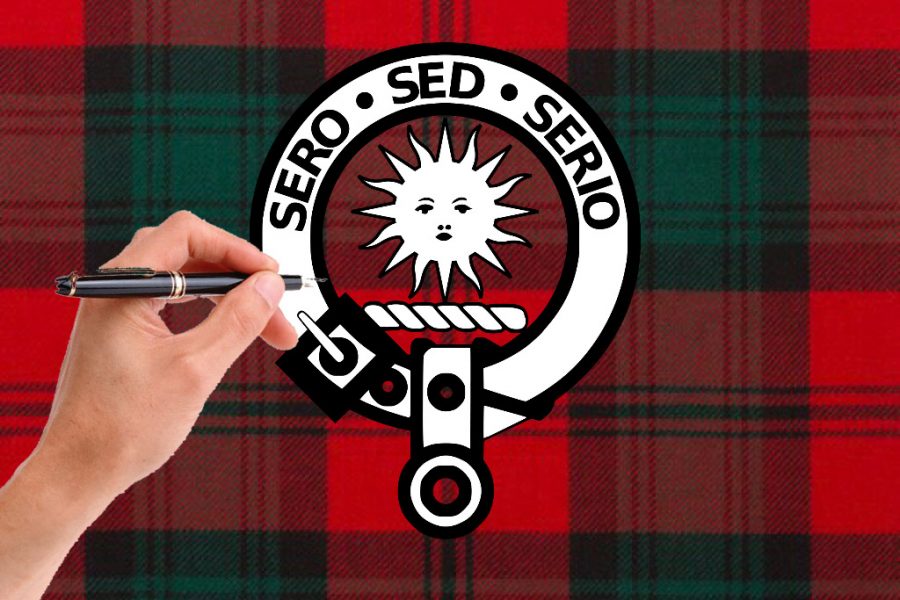


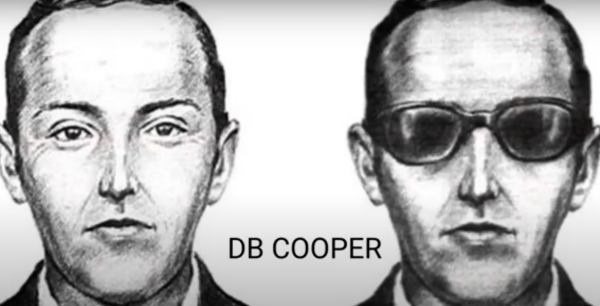

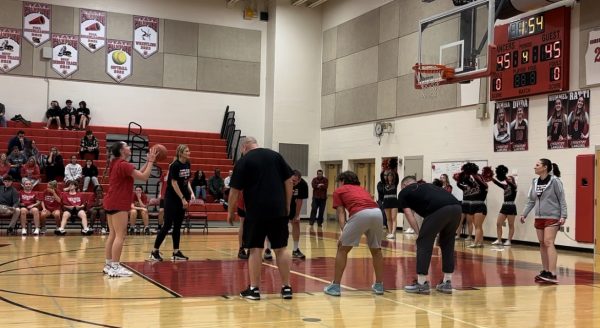



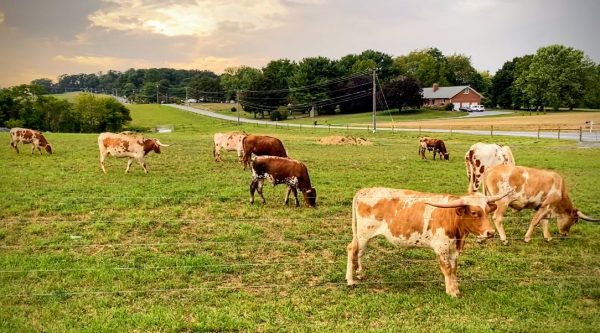

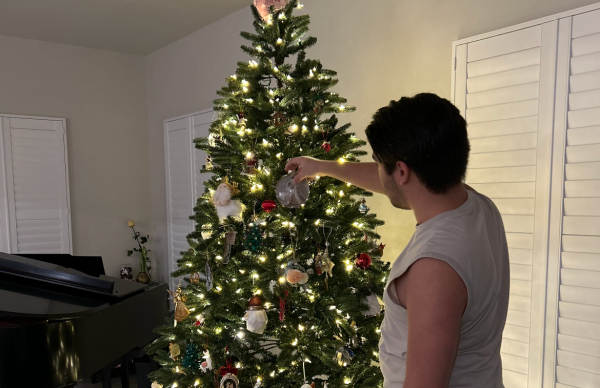





Christopher Phillips • May 20, 2021 at 9:43 am
The Kerr clan was founded by two Norman Viking brothers in C10, the Kjars, who were both left handed, so Kerr’s frequency of left hand skill is still higher than the European average. Monozygotic twins can be discordant for hand skill, which would argue against a genetic factor, but the gene on Chr. 2 can be ‘ imprinted’ by either parent – explaining such random recessive patterns.